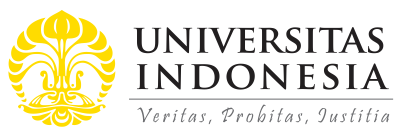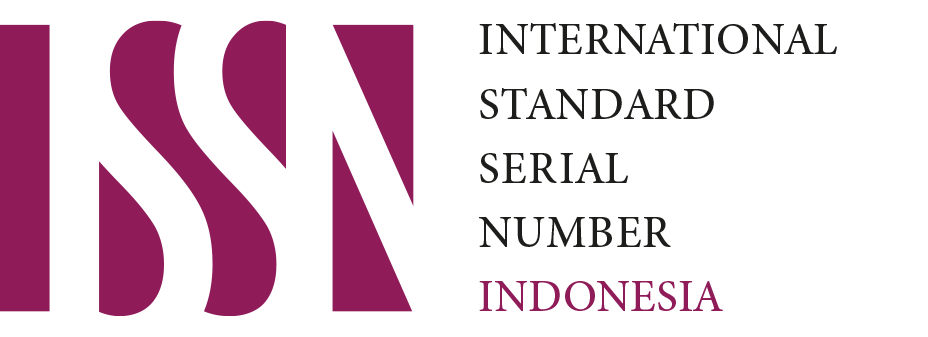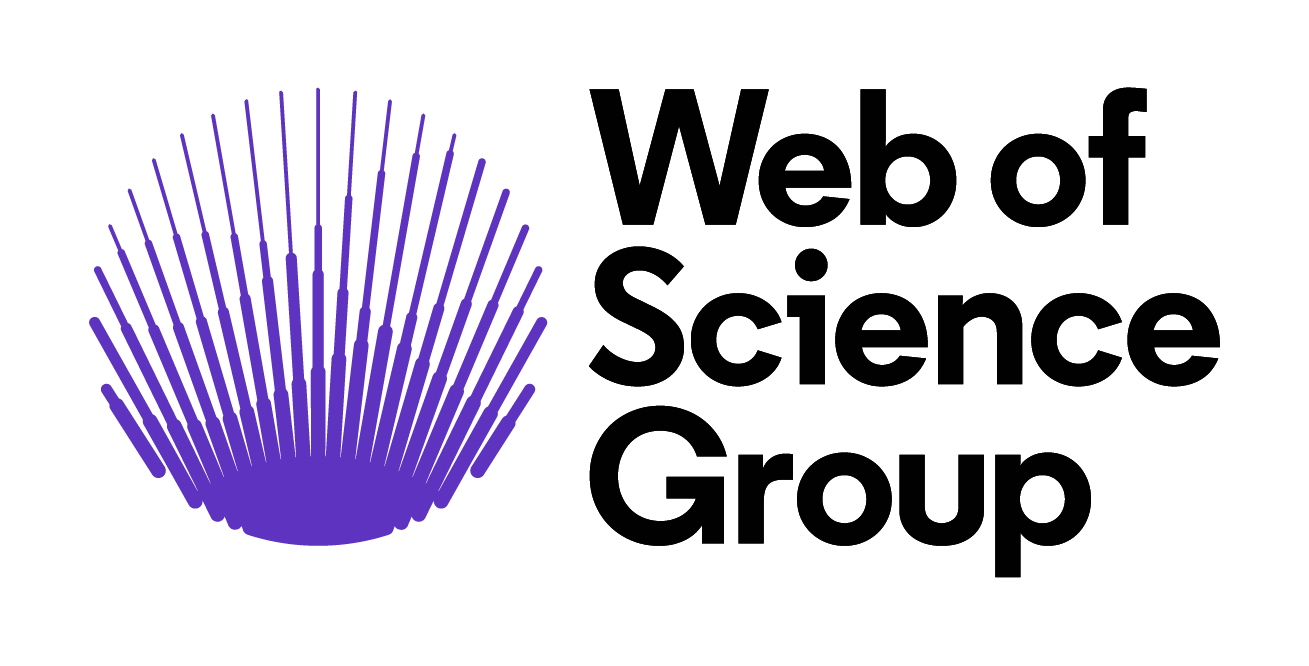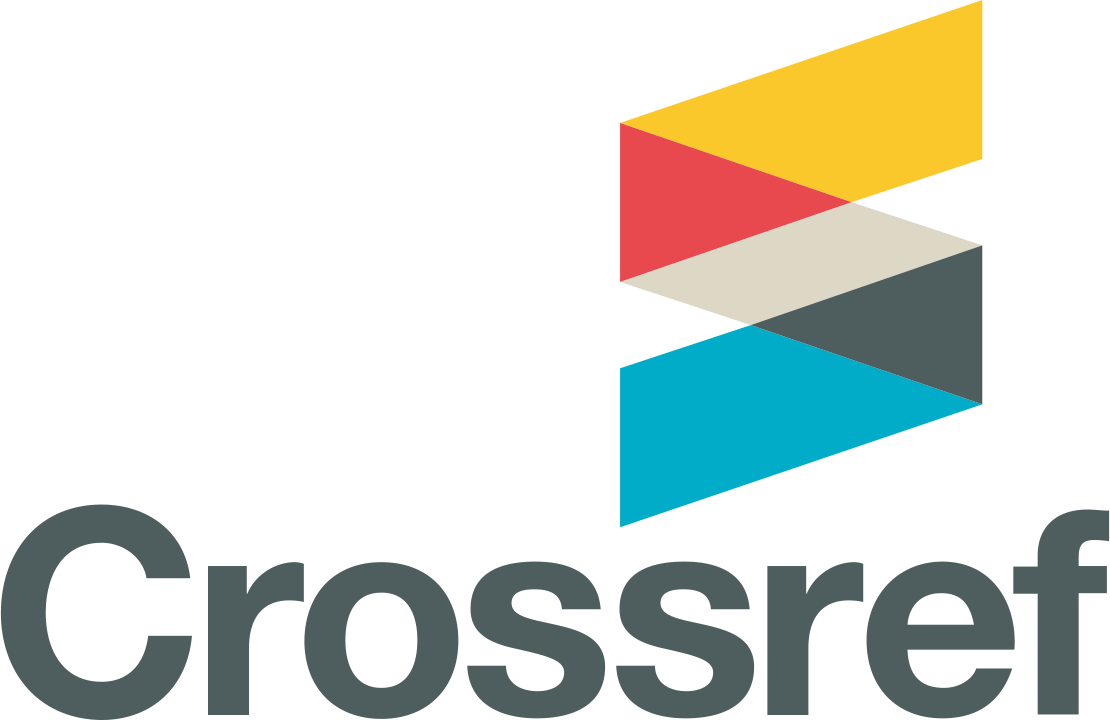Abstract
The financial sector has undergone a substantial paradigm shift as a consequence of the COVID-19 pandemic prompting industries actively innovate their financing method. Utilizing ARDL, our analysis reveals intriguing insights into the interaction of financing determinants interruptions caused by the epidemic, and the P2P lending success. The long-term effects of economic conditions alluding to the significant influence of investment size across various industrial sectors. The industrial differences suggest interesting connections between the size of investments, and loan tenure to the P2P lending in different industries. The wholesale and retail trade sector demonstrates intricate reactions to changes in investment size, while manufacturing sector impacted by BLR. Conversely, the susceptibility of the agriculture sector to exogenous shocks presents a captivating narrative for the investigation. Our study provides significant contributions to the complex domain of P2P lending in the context of global disruptions.
Bahasa Abstract
Sektor keuangan telah mengalami perubahan paradigma yang signifikan sebagai konsekuensi dari pandemi COVID-19 yang mendorong industri untuk secara aktif melakukan inovasi dalam metode pembiayaannya. Dengan memanfaatkan ARDL, analisis kami mengungkap wawasan menarik mengenai interaksi interupsi faktor-faktor penentu pembiayaan yang disebabkan oleh epidemi, dan keberhasilan pinjaman P2P. Dampak jangka panjang dari kondisi perekonomian mengacu pada pengaruh signifikan besaran investasi di berbagai sektor industri. Perbedaan industri menunjukkan hubungan yang menarik antara ukuran investasi, dan jangka waktu pinjaman terhadap pinjaman P2P di berbagai industri. Sektor perdagangan besar dan eceran menunjukkan reaksi rumit terhadap perubahan besaran investasi, sementara sektor manufaktur terkena dampak BLR. Sebaliknya, kerentanan sektor pertanian terhadap guncangan eksogen memberikan narasi yang menarik untuk diteliti. Studi kami memberikan kontribusi yang signifikan terhadap domain kompleks pinjaman P2P dalam konteks disrupsi global.
References
Abraham, F., & Schmukler, S. L. (2017). Addressing the SME Finance Problem. https://ssrn.com/abstract=3249560
Akerlof, G. A. (1970). The market for “lemons”: Quality uncertainty and the market mechanism. The Quarterly Journal of Economics, 84(3), 488–500. https://doi.org/10.1017/cbo9780511609381.002
Al Nawayseh, M. K. (2020). FinTech in COVID-19 and Beyond: What Factors Are Affecting Customers’ Choice of FinTech Applications? Journal of Open Innovation: Technology, Market, and Complexity, 6(4), 153. https://doi.org/10.3390/joitmc6040153
Benni, N. (2021). Digital finance and inclusion in the time of COVID-19. FAO. https://doi.org/10.4060/cb2109en
CapBay. (2023, March 27). P2P financing in Malaysia: No signs of slowing down in 2022. CapBay. https://capbay.com/p2p-financing-in-malaysia-no-signs-of-slowing-down-in-2022/
Fintech Malaysia. (2023). Malaysia Fintech Report 2023. https://fintechnews.my/malaysia-fintech-report-2023/
Fu, J., & Mishra, M. (2020). The Global Impact of COVID-19 on Fintech Adoption. SSRN Electronic Journal. https://doi.org/10.2139/ssrn.3588453
Gama, A. P. M., Emanuel-Correia, R., Duarte, F. D., & Augusto, M. (2023). The COVID-19 impact on crowdfunding performance: evidence from a peer to-peer lending platform. Applied Economics Letters, 1–5. https://doi.org/10.1080/13504851.2023.2178616
Goodell, J. W. (2020). COVID-19 and finance: Agendas for future research. Finance Research Letters, 35, 101512. https://doi.org/10.1016/j.frl.2020.101512
Hakim, P. Y., & Sadarrudin, M. A. P. A. (2023). Financial Technology As A Strategy For Msme Development To Increase Capital And Consumers. Jurnal Ekonomi, 12(01), 2023. http://ejournal.seaninstitute.or.id/index.php/Ekonomi
Kok, C. (2021). Asset Quality of P2P Players Remain Intact. The Star. https://www.thestar.com.my/business/business-news/2021/05/22/asset-quality-of-p2p-players-remain-intact
Lee, G., & Megargel, A. (2021). Empowering Singapore’s SMEs: FinTech P2P lending — A lifeline for SMEs’ survival? Journal of Digital Banking, 5(4), 365–377. https://search.ebscohost.com/login.aspx?direct=true&db=buh&AN=149449074&lang=fr&site=ehost-live
Lim, J. (2023, March 27). SC: Funds raised by peer-to-peer financing increased 38.6% to RM1.58 bil in 2022. The Edge Malaysia.
Liu, Y., Zhang, Y., Zhang, Y., & Xiao, H. (2022). Small business owners’ Fintech credit in crises: Theory and evidence from farmers under the COVID-19. Pacific-Basin Finance Journal, 71, 101692. https://doi.org/10.1016/j.pacfin.2021.101692
Meng, F. (2016). What are the Determinants of lending decisions for Chinese Peer-to-Peer Lenders ? 1–64. https://essay.utwente.nl/71436/
Milne, A., & Parboteeah, P. (2016). The Business Models and Economics of Peer-to-Peer Lending. SSRN Electronic Journal, May. https://doi.org/10.2139/ssrn.2763682
Najaf, K., Subramaniam, R. K., & Atayah, O. F. (2021). Understanding the implications of FinTech Peer-to-Peer (P2P) lending during the COVID-19 pandemic. Journal of Sustainable Finance and Investment, 0(0), 1–16. https://doi.org/10.1080/20430795.2021.1917225
Narayan, P. K. (2005). The saving and investment nexus for China: Evidence from cointegration tests. Applied Economics, 37(17), 1979–1990. https://doi.org/10.1080/00036840500278103
Nemoto, N., Huang, B., & Storey, D. J. (2019). Optimal Regulation of P2P Lending for Small and Medium-Sized Enterprises. SSRN Electronic Journal, 912. https://doi.org/10.2139/ssrn.3313999
Nguyen, L. T. P., Kalabeki, W., Muthaiyah, S., Yu, C. M., Hui, K. J., & Mohamed, H. (2021). P2P lending platforms in Malaysia : What do we know ? 1–13.
Nigmonov, A., Shams, S., & Alam, K. (2024). Liquidity risk in FinTech lending: Early impact of the COVID-19 pandemic on the P2P lending market. Emerging Markets Review, 58, 101084. https://doi.org/10.1016/j.ememar.2023.101084
Novitasari, N., & Suryandari, R. T. (2022). Analysis of Factors that Influence the Continuous Intention to Use the Financial Technology Peer-to-Peer (P2P) Lending Services During the Covid-19 Pandemic. European Journal of Business and Management Research, 7(3), 248–254. https://doi.org/10.24018/ejbmr.2022.7.3.1424
Ofir, M., Tzang, I., & Radzyner, H. (2022). An Empirical View of Peer-to-Peer (P2P) Lending Platforms. https://doi.org/10.15779/Z38V11VM4D
Pesaran, M. H., Shin, Y., & Smith, R. J. (2001). Bounds testing approaches to the analysis of level relationships. Journal of Applied Econometrics, 16(3), 289–326. https://doi.org/10.1002/jae.616
Ramdhan, N., Bujang, I., & Muhamat, A. A. (2023). Exploring FinTech Lending: The Influence of Financing and Economic Factors on the Success of Peer-to-Peer (P2P) Funded Loans. Information Management and Business Review, 15(4(SI)I), 529–535. https://doi.org/10.22610/imbr.v15i4(SI)I.3629
Ramdhan, N., Mohammad, N., Yousop, N. L. M., Ahmad, Z., Sipon, Z., & Abdullah, N. M. H. (2021). The Covid-19 Dashboard Sector Specific Impact: Malaysia Financial, Consumer Products and Health Care Services. International Journal of Academic Research in Accounting, Finance and Management Sciences, 11(1). https://doi.org/10.6007/IJARAFMS/v11-i1/9244
Rao, P., Kumar, S., & Verma, S. (2023). Evolution and trends in entrepreneurial finance: reflections and insights from COVID-19. Venture Capital, 1–36. https://doi.org/10.1080/13691066.2023.2210757
Reardon, R. S. (2024). COVID-19 and Crowdfunding. SSRN Electronic Journal. https://doi.org/10.2139/ssrn.4715572
Rees, J., & Ahmad, R. (2020). UK banks’ COVID-19 loan losses likely to be under £80B, says BoE. https://www.spglobal.com/marketintelligence/en/news-insights/latest-news-headlines/uk-banks-covid-19-loan-losses-likely-to-be-under-163-80b-says-boe-59800108
Rosavina, M., Rahadi, R. A., Kitri, M. L., Nuraeni, S., & Mayangsari, L. (2019). P2P lending adoption by SMEs in Indonesia. Qualitative Research in Financial Markets, 11(2), 260–279. https://doi.org/10.1108/QRFM-09-2018-0103
Securities Commissions Malaysia. (2022). Annual Report 2022: Part 6 Market Statistics. https://www.sc.com.my/api/documentms/download.ashx?id=7fd46c8f-b472-4f73-8907-25ac2951ee45
Stiglitz, J. E., & Weiss, A. (1981). Credit Rationing in Markets with Imperfect Competition. In The American Economic Review (Vol. 71, pp. 393–410). https://www.jstor.org/stable/1802787?seq=1
Stiglitz, J. E., & Weiss, A. (1992). Asymmetric information in credit markets and its implications for macro-economics. Oxford Economic Papers, 44(4), 694–724. https://doi.org/10.1093/oxfordjournals.oep.a042071
Sugandi, E. A. (2021). ADBI Working Paper Series The Covid-19 Pandemic And Indonesia’s Fintech Markets Asian Development Bank Institute. https://www.adb.org/publications/covid-19-pandemic-indonesia-fintech-markets
Tambunan, T., Santoso, W., Busneti, I., & Batunanggar, S. (2021). The Development of MSMEs and the Growth of Peer-to-Peer (P2P) Lending in Indonesia. International Journal of Innovation, Creativity and Change. Www.Ijicc.Net, 15(2), 2021. www.ijicc.net
Teng, L. J. (2019). ECF & P2P just scratching the surface of SME funding gap. The Edge Malaysia, 1–13. https://www.theedgemarkets.com/article/cover-story-ecf-p2p-just-scratching-surface-sme-funding-gap
The Star. (2023, March 27). P2P financing rose to RM1.58bil in 2022.
Wang, H., Greiner, M., & Aronson, J. E. (2009). People-to-people lending: The emerging e-commerce transformation of a financial market. 15th Americas Conference on Information Systems 2009, AMCIS 2009, 10, 6731–6739.
Wang, J., & Li, R. (2023). Asymmetric information in peer-to-peer lending: empirical evidence from China. Finance Research Letters, 51, 103452. https://doi.org/10.1016/j.frl.2022.103452
Wong, C. Y., & Eng, Y. K. (2019). Implication of Platform Finance on Monetary Policy Transmission. ADBI Working Paper Series, 970. https://doi.org/10.1007/978-1-349-67278-3_116
Xu, B., Su, Z., & Celler, J. (2021). Evaluating default risk and loan performance in UK peer-to-peer lending: Evidence from funding circle. Journal of Advanced Computational Intelligence and Intelligent Informatics, 25(5), 530–538. https://doi.org/10.20965/jaciii.2021.p0530
Yee, T. J. (2021). Fintech momentum has only grown during Covid-19, and is set to accelerate. Digital News Asia. https://www.digitalnewsasia.com/business/fintech-momentum-has-only-grown-during-covid-19-and-set-accelerate
Recommended Citation
Ramdhan, Nur 'Asyiqin; Bujang, Imbarine; Muhamat, Amirul Afif; and Lisdiono, Purwatiningsih
(2025)
"Examining the Industrial Impact of Fintech Lending in the Post-Next Normal Era,"
Indonesian Capital Market Review: Vol. 17:
No.
1, Article 1.
DOI: 10.7454/icmr.v17i1.1205
Available at:
https://scholarhub.ui.ac.id/icmr/vol17/iss1/1













